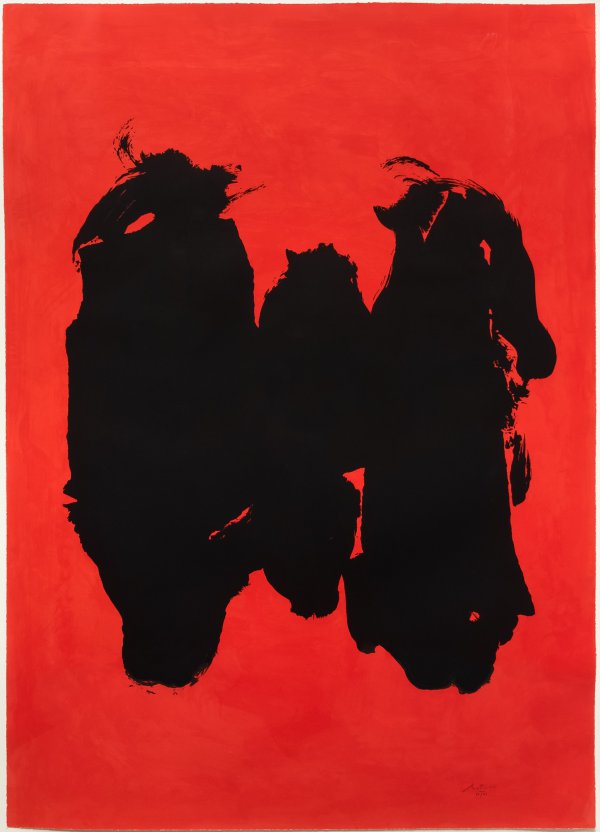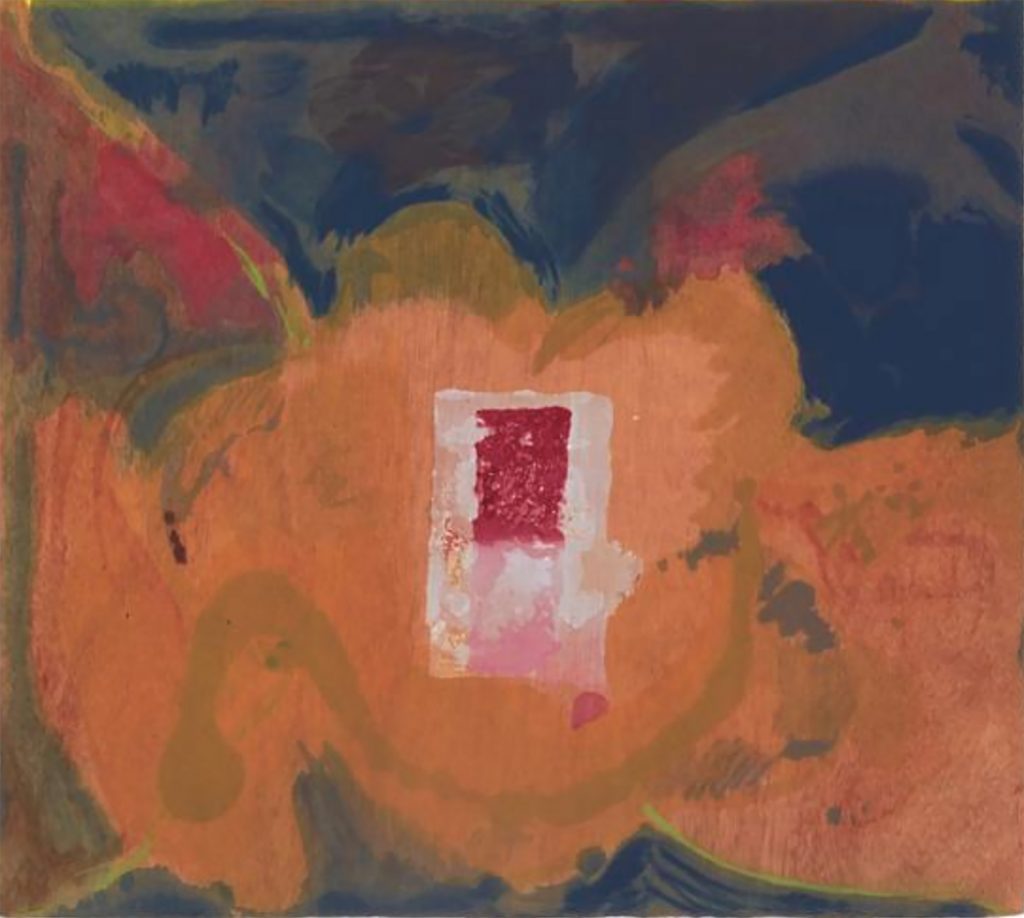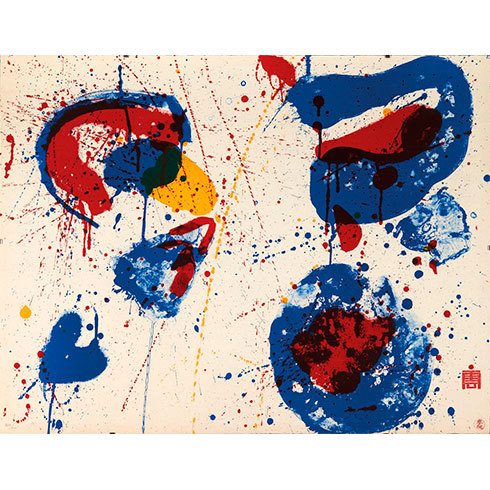Abstract Expressionism: What is it and when did it become popular?
Abstract Expressionism was a broad movement that swept across America in the latter part of the 1940s and became very popular in Western works during the 1950s. Most prominent Abstract Expressionist names include Willem de Kooning, Robert Motherwell, Sam Francis, Helen Frankenthaler and Jackson Pollock. The majority of such artists lived, worked and exhibited their pieces in New York City.
Abstract Expressionism itself is in effect made up of a range of varying painterly styles each with important differences in both quality of expression and technique. Despite these variations, Abstract Expressionist artworks (usually paintings rather than sculpture or other works) do share some notable similarities. They are essentially abstract as they depict forms which are not visible in the world around us. They focus on spontaneity, freedom, emotional expression and personal experience, and employ a freedom of technique and execution to achieve this goal.
The Style of Abstract Expressionism
Additionally, these artists exploit the variations in the physical character of paint for expressive ends, for example to depict dynamism, mystery, lyricism and violence. They are very taken with the intuitive and unstudied application of various paints in ways that are very similar to the works of Surrealism. These highlight the unconscious, visceral and creative aspects of art. Going against the traditional notions of structured composition these artists are drawn to the wild, disorganised elements that exist in unstructured space. Finally, these artworks tend to fill very large canvases for dramatic visual effect with a huge power to captivate the viewer.

In terms of forerunners to the Abstract Expressionist movement, two of the main artists were Arshile Gorky (notable for his freehand, delicately linear method of liquid paint application and suggestive biomorphic shapes); and Hans Hofmann, who used strongly textured, dynamic brushwork in abstract but conventionally created works.

Another influence of note on Abstract Expressionism was the arrival of a large number of Surrealists on American shores during the latter part of the 1930s and early 1940s. Along with them came a host of other important European avant-garde artists trying to flee Nazi-dominated Europe. These artists were greatly moved by the native New York City painters and in turn offered them a more intimate window into the vanguard of European artistry.

Action Painting
Despite the diverse nature of the Abstract Expressionist movement and the many variations of style within it, the most obvious and popular technique is in the form of “Action” painting. Appearing in galleries across the world, Action paintings are characterised by a dynamic, rapid, loose or forceful manipulation of paint in slashing or sweeping brushstrokes. Where the paint lands is largely down to chance and spilling or dripping it on to the canvas is a very typical theme.
Pollock himself first demonstrated Action painting by using commercial paints with a raw canvas and adding spatters and drops to build up tangled, complex skeins of paint into suggestive and evocative linear patterns. De Kooning also used extremely expressive, vigorous brushstrokes to create richly coloured, highly textured images, whilst Kline employed strong, sweeping black strokes on a white canvas to demonstrate a stark and striking look. Standing strong against the likes of Post-Modern, Impressionism and Sensationalism, the works of these artists are still highly marketable today.
Abstract Expressionist Artists
Other note worthy Abstract Expressionism artists include Adolph Gottlieb, Stanley William Hayter, Joan Mitchell, John Chamberlain and Alexander Calder.
